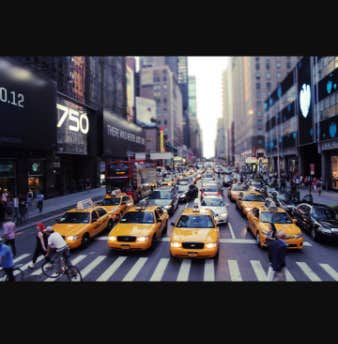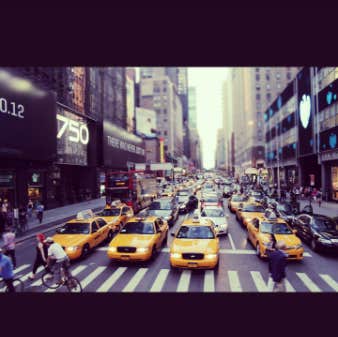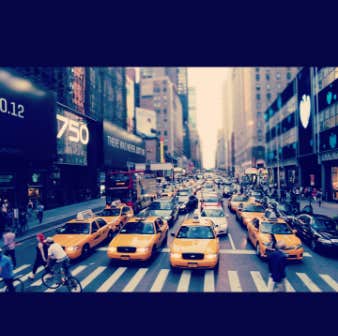The Best Instagram Filter To Get The Most Likes, Says Study
How to get a ton of likes for your Instas.
 solominviktor / Shutterstock
solominviktor / ShutterstockDon't you hate it when you share a photo and it just sort of lays there without getting many likes? You know it's amazing and spectacular, so why doesn't anybody else? Well, it could be that you're not using the right filter.
Researchers from Georgia Tech and Yahoo Labs analyzed which filters encourage more engagement on sites like Instagram and Flickr. In other words, which Instagram filter is actually the best?
Their study called "Why We Filter Our Photos and How It Impacts Engagement" consisted of two parts: the qualitative and the quantitative parts. For the qualitative part, researchers carried out in-depth interviews with 15 repeated Flickr users to discover more about their photo-filter usage.
In the quantitative section of the study, they studied 7.6 million Flickr photos uploaded via the mobile app (more than half cross-posted from Instagram), as well as any information on how often the photos were viewed and commented on. They did this to get a better sense of how filters affect engagement.
The interview portion of the study was fairly predictable, where people said things about using the vintage effect to highlight the old-fashioned quality that a bar had, or how they used a filter to spotlight one person in a crowd.
The numbers segment of the study turned out to be more interesting. The researchers found that filtered photos have significantly more engagement than plain ones, and filters that increase warmth, exposure, and contrast get a lot more attention.
By using the right filter, you can increase the chances that your picture will be viewed by 21 percent and the number of comments by 45 percent.
As for which filters have which effects, researchers looked at five: giving an image warmer temperature, increasing color saturation, increasing contrast, increasing exposure, and adding an age effect.
The warmth filter had the largest correlation with the number of comments, while the exposure effect was tied most tightly to views. There were two negative correlations: Saturation effects with slightly lower views and age effects with lower comments.
Overall, warm temperatures, higher contrast, and higher exposure increase the chances of getting both views and comments.
If you go by the study's findings then you'll want to use filters like Mayfair, Rise, Valencia, Hefe, and Nashville if you want to increase your views, likes, and comments.
Original, no filter:

Mayfair:

Rise:

Valencia:

Hefe:

Nashville:

Instagram seems to have paid attention to the study's findings, as they recently added these filters: Lark, Slumber, and Aden (to name a few), which add a warm yellowish or pinkish hue to images.
Be careful, though — if you're after a ton of likes, filters like Lo-Fi and X-Pro II are very saturated and won't garner you the massive amount of likes you're after.
If your aim is to get as much social media engagement as possible, don't use filters with cool, bluish tints such as Amaro, Hudson, and Walden. And you'll take your chances if you use Sierra because it highlights both yellows and blues. Maybe people will like it, but maybe not.
None of this is a guarantee that your photo will go viral or even get a massive amount of likes and views. Using the recommended filters will just improve your chances — just don't go too old-timey, because nobody likes that anymore.
Christine Schoenwald is a writer, performer, and astrology lover. She's had articles in The Los Angeles Times, Salon, and Woman's Day.

